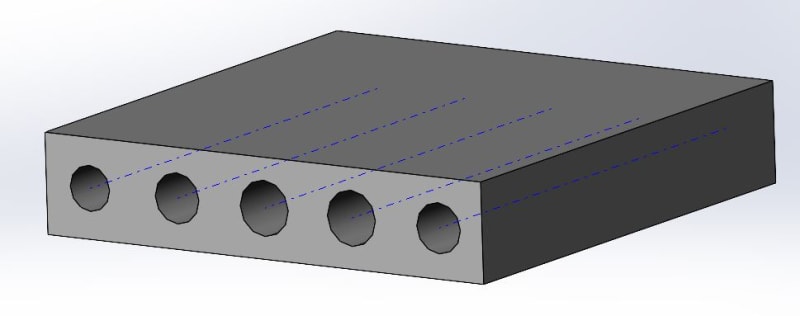straightline101
Mechanical
- Jun 1, 2023
- 3
Has anyone had a situation where multiple parallel Axes formed a plane? And how was that plane depicted on the drawing?
Thnx in advance...
Thnx in advance...
Follow along with the video below to see how to install our site as a web app on your home screen.
Note: This feature may not be available in some browsers.

